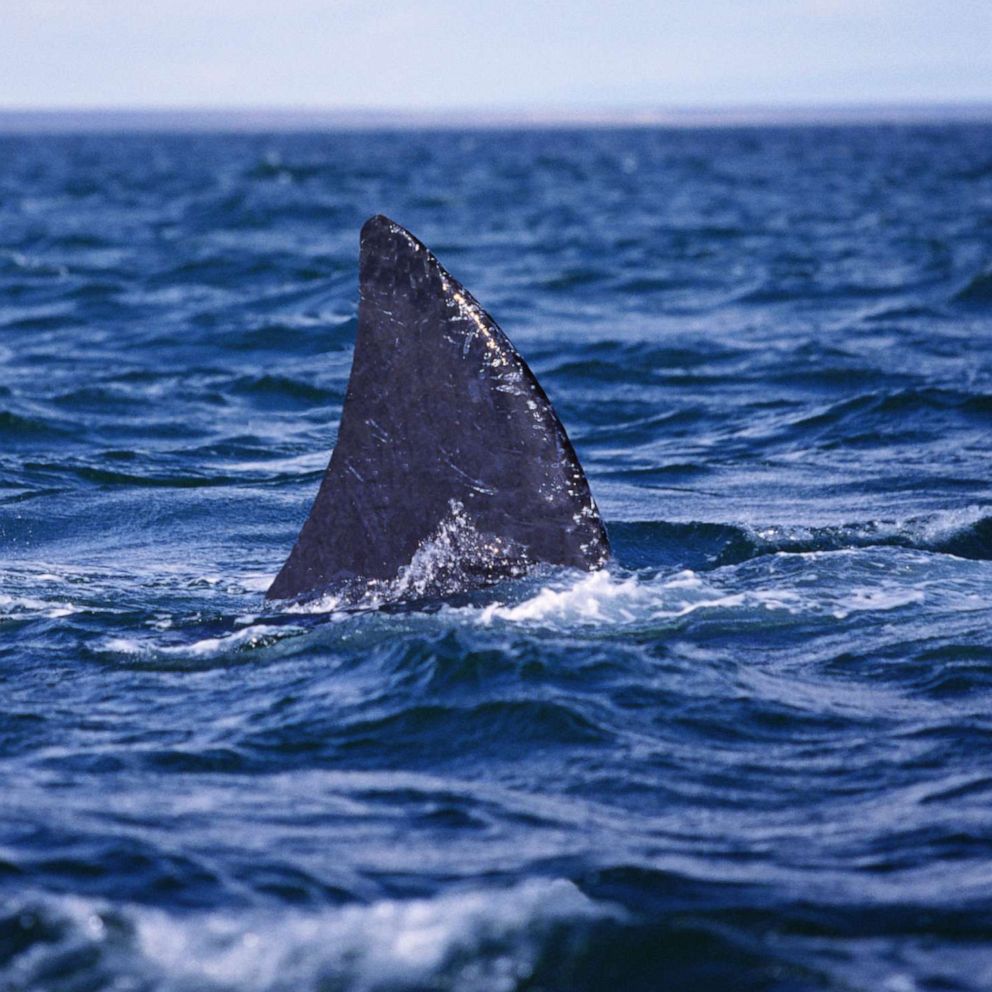DNA From 'In Cold Blood' Killers Could Solve 1959 Florida Cold Case
The murder of the Walker family terrorized carefree Osprey, Fla.
Dec. 3, 2012— -- More than 50 years after the Walker family was murdered in the quiet, carefree town of Osprey, Fla., the focus of the cold case investigation has shifted to two notorious killers who were the basis of Truman Capote's true-crime book "In Cold Blood."
Investigators from the Sarasota County Sheriff's Office are hoping to travel to Kansas as soon as an order is approved by a judge to exhume the bodies of Perry Smith and Richard Hickock. They hope mitochondrial DNA evidence collected from the bones of the killers, who were executed by hanging in 1965, will help close a cold case that rattled Sarasota County.
On Dec. 19, 1959, the Walker family, including parents Cliff and Christine and their toddler children Jimmie and Debbie, were shot to death in their Osprey home.
Detective Kim McGath, who has been assigned to the Walker case for the past four years, said she decided to start from the beginning last year in investigating the case, and through her research developed a hunch that Smith and Hickock could be responsible. The men were briefly investigated in 1960, but were ruled out as suspects after passing lie detector tests.
"Some things started jumping out at me," she told ABCNews.com.
After committing the "In Cold Blood" murder of Herbert Clutter, his wife and two children on Nov. 15, 1959, Smith and Hickock hit the road, hiding out from law enforcement in Mexico and Florida, among other places, according to Capote's book and law enforcement accounts. They were ultimately captured in Las Vegas.
By the time they reached Florida, the men were spotted throughout the state looking for odd jobs to make a quick buck, often at mechanics' shops and gas stations, according to Capote's book.
It's possible the young family, who had been in the market to purchase a Chevrolet Bel Air, may have crossed paths with Smith and Hickock, who were driving a 1956 model and likely needed money, McGath said.
They were spotted several times in the Sarasota area the day of the murders, and after the Walker family was killed, one of the men was seen with a "scratched-up face," McGath said.
Physical evidence, long before the emergence of DNA testing, was also left behind, McGath said.
Christine Walker had been raped and semen was found in her underwear, she said, and there was a bloody cowboy hat.
And two suspicious hairs, which were inconsistent with the Walker family, were found in the home.
"There was a dark hair found in the bathroom, where baby Debbie was found in the bathtub, and a long blonde hair inside the dress of Christine Walker," McGath said.
Smith recalled reading about the murders in the Miami Herald.
"Know what I wouldn't be surprised? If this wasn't done by a lunatic. Some nut that read about what happened out in Kansas," Smith told Hickock while the two were on the beach in Acapulco, in an exchange Capote recounted in his book. The men never confessed to the murders.
DNA may prove otherwise if it can be extracted from the bones of the men, who have been dead for 47 years.
"It's absolutely possible," McGath said. "It depends on all kind of circumstances. The soil conditions, the weather, what type of casket it is in. We will have no idea until we get out there."
Fifty-three years after the murders, closure remains just as important to residents of the Osprey.
"People really changed the way they lived. They locked everything, were afraid of their neighbors," she said. "There has just been such a great desire for this to be solved because it really affected so many people. It really is a lot more far reaching than a lot of people realize."




